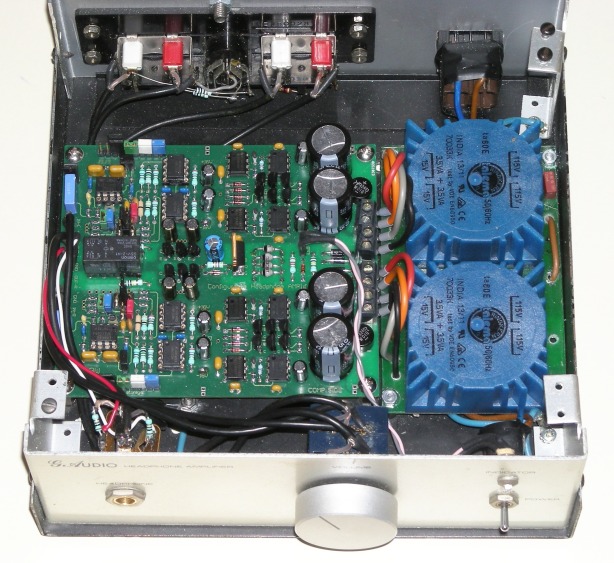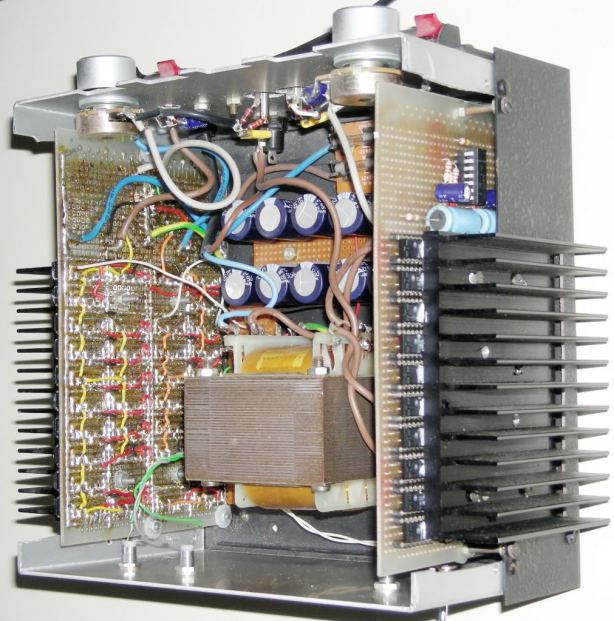Admittedly I haven't tried it, but I have to think that for driving headphones, adding a couple buffer transistors after the op-amp is a good idea in general.
-
WANTED: Happy members who like to discuss audio and other topics related to our interest. Desire to learn and share knowledge of science required. There are many reviews of audio hardware and expert members to help answer your questions. Click here to have your audio equipment measured for free!
Yes – opamps swapping may make a measurable difference in a preamp
- Thread starter pma
- Start date
Similar threads
- Poll



